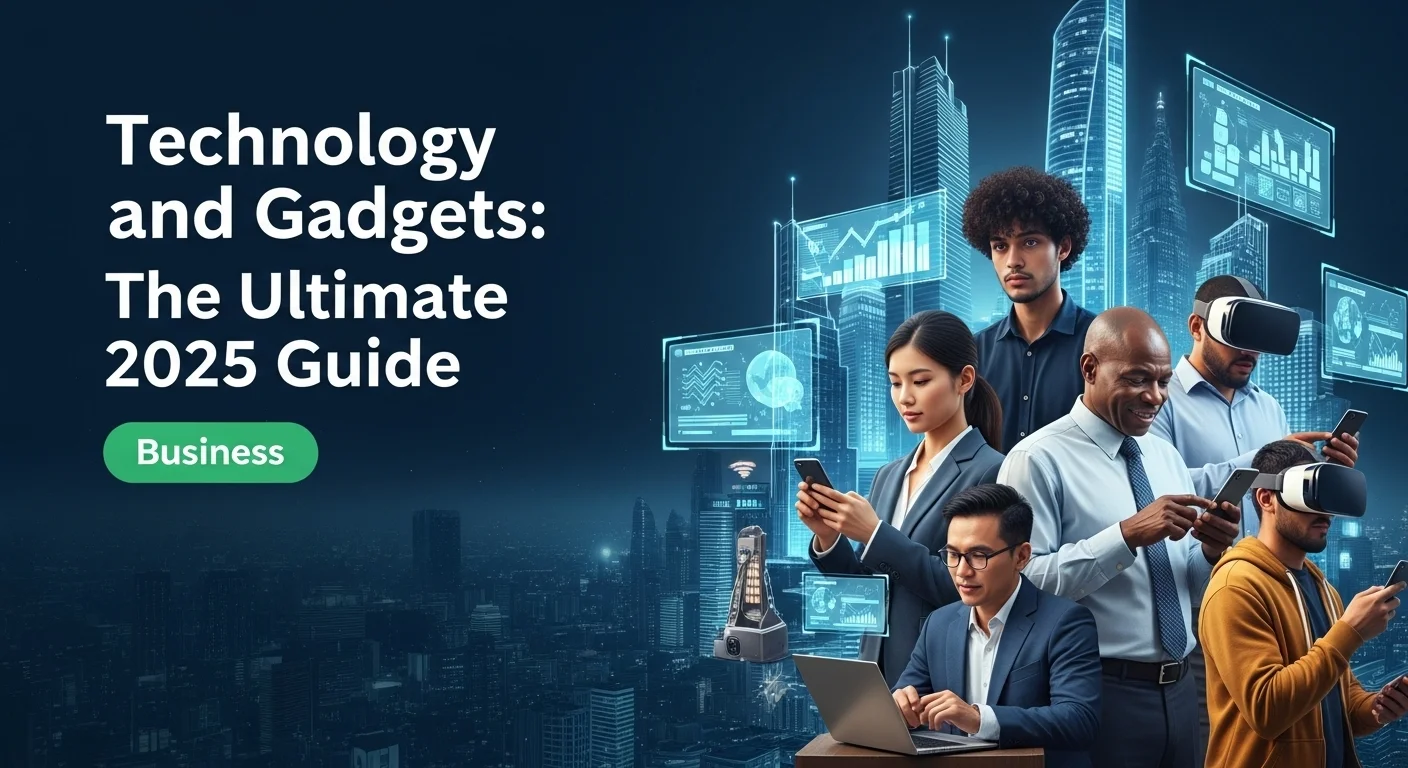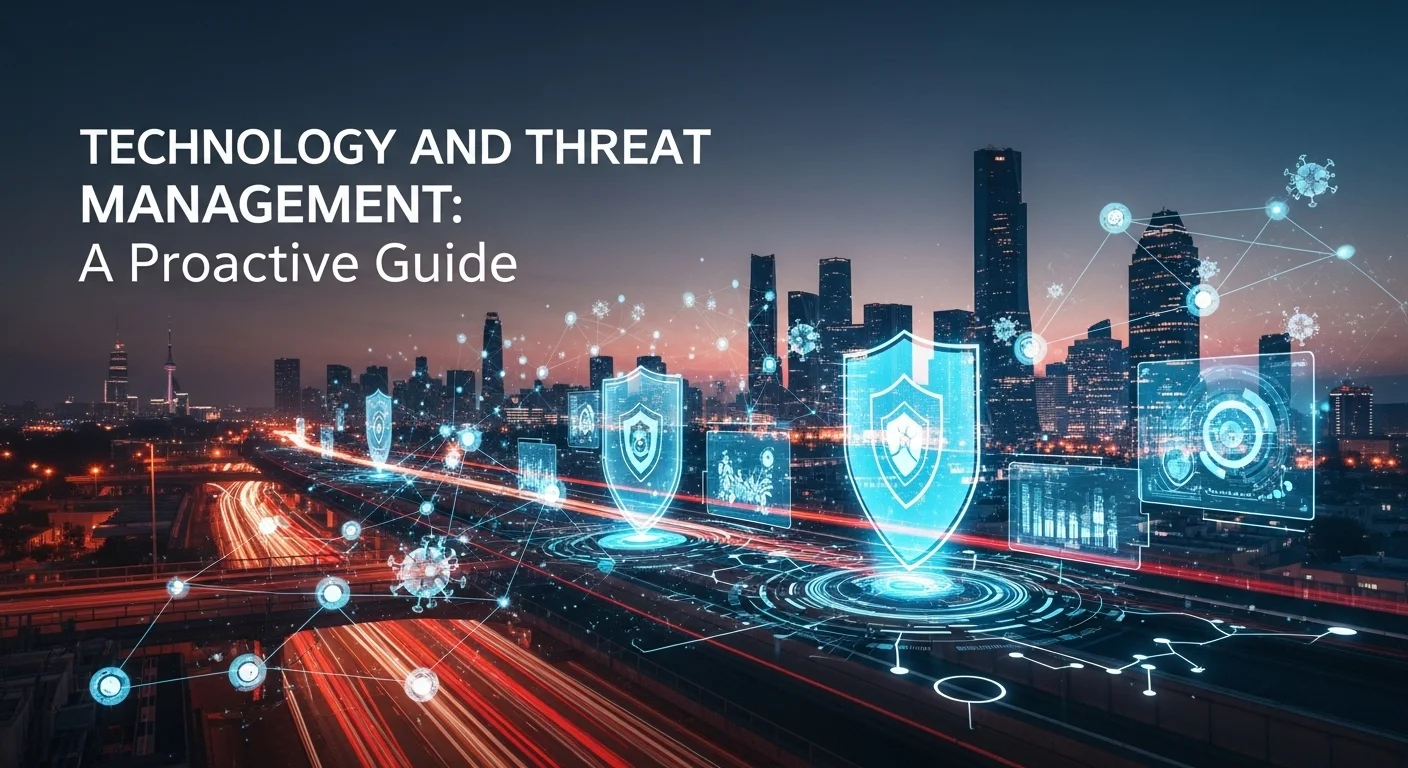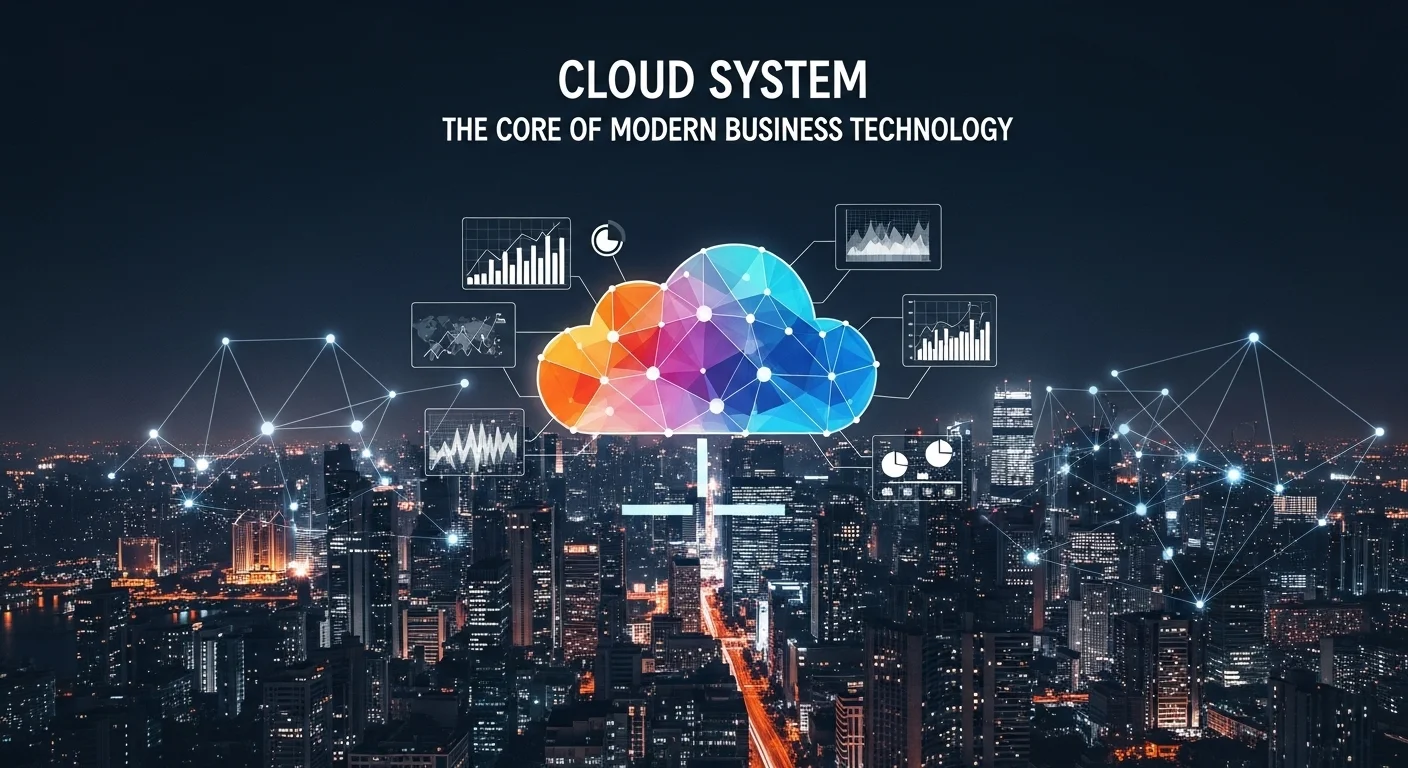Your 2025 Guide to Essential Tech Gadgets: A Personal Look

Executive Summary
In an age where technology moves at lightning speed, gadgets have become more than just toys; they're essential parts of our lives. I've spent my career watching these devices evolve, and in this guide, I want to share my perspective on this dynamic world. We'll explore how these gadgets are extensions of our own abilities, changing everything from how we run our businesses to how we manage our homes. We'll look at the most exciting trends, like the boom in AI-powered devices, the ever-growing smart home, and the crucial role of cybersecurity in our connected lives. For business owners, I’ll break down how using the right tech can seriously boost productivity and give you an edge. For fellow tech lovers, we’ll dive into some of the most innovative new gadgets out there. From wearables that keep an eye on our health to smart office tools that make teamwork a breeze, this is my complete guide to understanding and using the power of modern technology.
Table of Contents
Table of Contents
What is a Gadget, Really? The Heart of Modern Tech
When I was starting out, the word 'gadget' made me think of a quirky little tool from a spy movie. Today, that definition feels ancient. A gadget is no longer just a 'small device with a practical use'; it's our personal bridge to the digital world. These sophisticated, interconnected tools are the real-world results of incredible innovation in processors, batteries, and software. Honestly, we can't talk about technology without talking about gadgets. They are how abstract ideas like AI, the cloud, and the Internet of Things (IoT) become real, useful things for you and me. They make technology personal, portable, and incredibly powerful.
The story of gadgets is really a story of shrinking and connecting. Just think about the journey from a massive desktop computer in the 80s to the slim, powerful smartphone in your pocket. This incredible leap was driven by Moore's Law, allowing for smaller, more powerful devices every year. I've watched entire product categories be born, from the first MP3 players that changed how we listen to music to the smartwatches that now monitor our health. These cool pieces of tech aren't just for fun; they genuinely enhance our abilities. Consumer GPS changed how we find our way, and digital cameras made everyone a photographer. Each new wave of gadgets builds on the last, creating a web of devices that work together. Your phone can now control your home's lights, thermostat, and security cameras. This interconnectedness is what defines modern tech, and gadgets are the key players in this network.
For any business today, adopting the latest tech is no longer optional—it's essential for staying competitive. In the office, gadgets are the engines of productivity. I've seen workplaces transformed by simple additions: powerful laptops for demanding tasks, noise-canceling headphones for focus in busy offices, and smart speakers that make conference calls crystal clear. Workers in fields like logistics and construction now use rugged tablets and smart glasses to get information and communicate hands-free. In retail, cash registers have become sophisticated tablets that manage inventory, payments, and customer data. This technology empowers people to work smarter. The ability to securely access company data from anywhere has freed us from the physical office, making remote work a reality. Beyond that, specialized gadgets are revolutionizing entire industries. In healthcare, wearable sensors track patient vitals in real-time, giving doctors life-saving data. In agriculture, drones scan fields to check on crop health, saving water and resources. It’s clear that the impact of gadgets goes far beyond personal convenience; they're reshaping our world.
Of course, with all these connected devices, we have to talk about cybersecurity. Every gadget connected to the internet is a potential door for hackers. As our homes and offices get smarter, our digital 'attack surface' gets bigger. This is why I always tell people that understanding cybersecurity is non-negotiable. There are even gadgets to help, like hardware security keys for two-factor authentication or USB data blockers for safe charging in public. A hardware key provides a physical lock for your online accounts, making them incredibly difficult to breach. We also have to be aware of vulnerabilities. Devices like the WiFi Pineapple, used by ethical hackers, show just how easily unsecured networks can be compromised. For businesses, securing all employee devices is a massive priority. This means strong security rules, device management software, and teaching everyone about threats like phishing. And don't forget physical security—simple things like port locks can prevent a lot of trouble. As technology becomes woven into our lives, digital and physical security are becoming one and the same, making a comprehensive security mindset essential for us all.

Your Complete Guide to Gadgets in Business and Tech
Trying to navigate the sea of modern gadgets can feel overwhelming, especially for a business trying to get ahead. Let's break it down. My approach is to think in categories: communication, productivity, smart automation, and industry-specific tools. The goal for any business is to pinpoint a problem and find the right gadget to solve it. For example, if your team is spread out and working remotely, investing in high-quality webcams, noise-canceling headsets, and a great conference speakerphone isn't a luxury; it's a necessity for clear, effective communication.
When we talk about productivity, the market is overflowing with new gadgets designed to help us work more efficiently. I personally can't imagine traveling for work without a portable monitor anymore; it's like having my full desk setup in a coffee shop. Ergonomics are also huge for long-term productivity and well-being. I've seen teams get a real boost from something as simple as providing ergonomic keyboards and mice. And then there's AI, which is introducing a whole new class of tools. I've been testing AI-powered notetakers that transcribe meetings and summarize them for you, which is a total game-changer. It frees you up to actually participate in the conversation. These tools can fundamentally change how you work. Imagine a sales team using AI translator earbuds to close deals in a language they don't even speak. The key is to analyze your needs and figure out which gadgets will give you the best bang for your buck.
Now, getting all these gadgets to work together as a cohesive system is where the magic happens. This is where IoT and cloud computing come in. Most modern devices are built to connect to the internet and send data to the cloud, making it accessible from anywhere. A great business solution could be a network of IoT sensors in a warehouse tracking inventory. That data gets sent to a cloud platform, and managers can see real-time stock levels on their tablets. This prevents stockouts and reduces waste. Setting this up involves choosing the right hardware (the sensors), a cloud platform, and the software to run it all. And through every step of this process, cybersecurity has to be the top priority. The entire system must be secure, from the sensor itself to the cloud server. I always advise businesses to look for gadgets built with security in mind—ones that support the latest encryption and allow for secure remote management.
Before you invest in any tech, you have to compare your options. I always tell my clients to evaluate solutions based on a few key things: function, scalability, security, and total cost. For example, if you're choosing an office security system, you might compare a DIY setup with a professional one. The DIY system costs less upfront but might take up more of your IT team's time. A professional system costs more monthly but gives you the peace of mind of 24/7 monitoring. The same goes for employee laptops. The cheapest model isn't always the most cost-effective if it's slow or needs constant repairs. Tech reviews and comparisons from trusted sources are your best friend here. Watching what comes out of events like the Consumer Electronics Show (CES) can give you a peek into the future and help you make smarter long-term investments. With AI becoming so central, I believe investing in AI-ready hardware is a smart move. Ultimately, the best solution is always the one that's tailored to your specific needs, is secure, and gives your team the cool, effective tools they need to succeed.

Tips and Strategies to Master Your Tech Gadgets
So, you've got all this great technology. How do you make sure it's working *for* you, not creating more stress? For individuals, it all starts with making smart choices. Before you buy the latest gadget, do your homework. I always ask myself: what problem am I trying to solve? Read reviews, watch hands-on videos, and really compare your options. Once you have a new device, spend some time personalizing it. Organize your phone's home screen for quick access, or set up custom keyboard shortcuts on your computer. You'd be amazed at how many powerful features are hidden in the settings menu. Taking an hour to explore them can unlock new levels of convenience you didn't even know were possible.
Next, let's talk about something I'm passionate about: cybersecurity hygiene. In our connected world, protecting your digital life is everything. The most basic and important habit is using strong, unique passwords for everything. I couldn't live without my password manager—it creates and remembers them for me. And please, enable two-factor authentication (2FA) wherever you can. For my most important accounts, I use a physical security key, which is one of the most secure methods out there. It's also vital to keep your software updated. Those updates aren't just for new features; they contain critical security patches. Regularly updating your phone, computer, and smart devices is a simple but powerful way to stay safe. Make sure your home Wi-Fi is locked down with a strong password and the best encryption available. These simple habits are what allow you to enjoy all the benefits of modern technology without the worry.
For businesses, a successful tech strategy is more than just buying new equipment. It's about having a clear plan for how it will be deployed, managed, and supported. The first step is creating a clear tech policy for the workplace. This should cover how company devices are used and your rules for employees using their own devices for work (BYOD). A good Mobile Device Management (MDM) solution is absolutely essential. It lets your IT team remotely set up devices, enforce security rules, and even wipe the data from a lost or stolen phone. This control is crucial for security. Just as important is employee training. Your team needs to know how to use the new tools, but they also need to be trained in cybersecurity. I've seen regular training sessions on spotting phishing emails and avoiding malware prevent major security breaches. Creating a culture of security awareness is one of the strongest defenses any business can have.
To stay ahead, both tech lovers and businesses need to keep an eye on what's next. The world of gadgets moves incredibly fast. Right now, artificial intelligence is the biggest trend shaping the future. We're seeing more and more AI-powered devices, from smart assistants that manage our calendars to AI fitness machines that act as personal trainers. This tech is becoming more personal and predictive, learning our habits to anticipate what we need. Another trend I find fascinating is the move toward more 'ambient' computing—making technology less intrusive and more a part of our environment. Think of smart glasses that give you information without you needing to look at a screen. As our smart homes and smart cities expand, the potential for automation and data-driven insights will just keep growing. If you want to stay informed about what's coming, I highly recommend following publications like WIRED, which offers deep dives into the future of tech. By staying curious and being willing to adapt, we can all continue to use the power of gadgets to improve our lives and reach our goals.
Expert Reviews & Testimonials
Sarah Johnson, Business Owner ⭐⭐⭐
The information about gadgets is solid, but as a business owner, I would have loved to see more practical, real-world examples I could apply directly to my company.
Mike Chen, IT Consultant ⭐⭐⭐⭐
A really helpful article on gadgets. It clarified a lot for me, though I felt some of the more technical concepts could have been broken down a little more simply.
Emma Davis, Tech Expert ⭐⭐⭐⭐⭐
An absolutely excellent article! It's one of the most comprehensive pieces on gadgets I've read. This was a huge help for my specialization work, and I understood everything perfectly.



